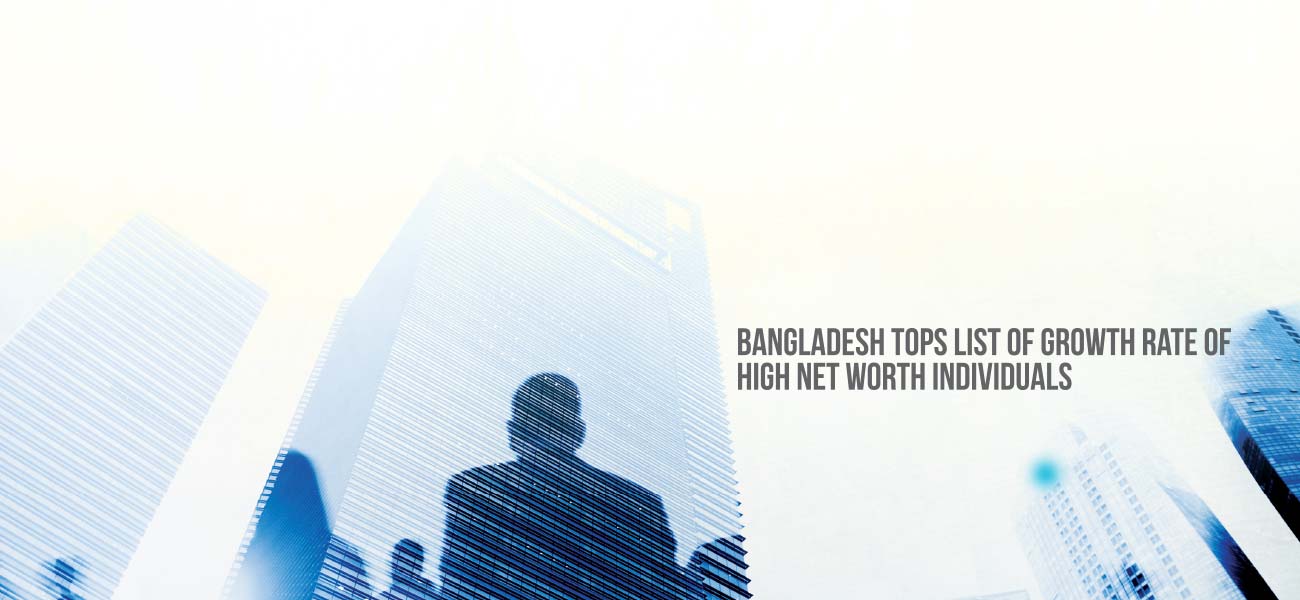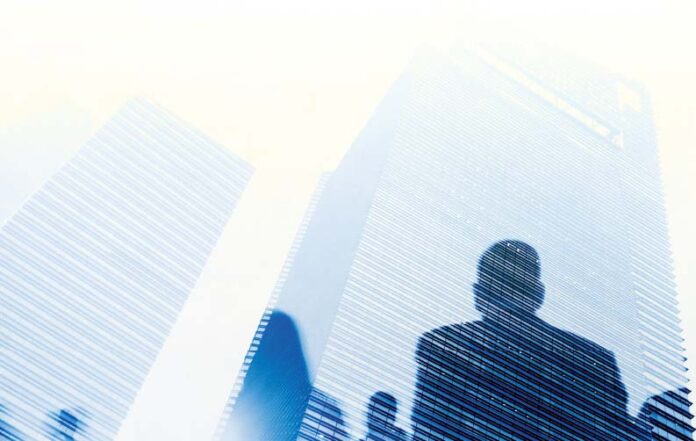
Bangladesh’s economists have welcomed the recent news of the country topping the list with the highest growth rate of the ultra rich, albeit with reservations.
They pointed out that it is a “sort of good news”, interpreting it as an indicator of the country’s overall macroeconomic development.
They, however, termed the growing inequality between the rich and the poor a by-product of the process of having a faster growth rate of ultra rich individuals, pointing out that such a rate would barely help get the marginalised people out of their misery.
According to the latest report of the US-based research firm Wealth-X, which prepares the World Ultra Wealth Report, Bangladesh—a country of over 160 million— has seen its ultra wealthy population surge by around 17.3 per cent between 2012 and 2017. This is the highest growth rate among all the countries in the world.
Ultra high net worth (UHNW) individuals are defined as people with investable assets of at least USD 30 million, usually excluding personal assets and property such as a primary residence, collectibles and consumer durables.
Economist Dr Mirza Azizul Islam said that since Bangladesh has been maintaining a growth rate of seven per cent and above for the past couple of years, the number of rich people has naturally spiralled.
“When you have a growth rate of your economy, and if it is a capitalist economy, it means a number of private players has attained a growth rate in their own wealth as well. So the number of UHNW increases,” said Mirza Azizul.
The former economic advisor to the caretaker government said, “If we look at the recent list of UHNW, the idea would be clearer.”
Asian economic giant China came second, registering a growth rate of 13.4 per cent in the same period. Vietnam, another major emerging Asian economy, has seen an increase of 12.7 per cent in its UHNW population, the third highest increase in the list. Bangladesh’s giant neighbour India has seen its ultra rich population rise by 10.7 per cent during the same period, the fifth highest increase in the world.
Mirza Aziz said, “Six of the 10 top fastest growing economies in terms of UHNW population are in the Asia-Pacific region, accounting for the region’s share of the global ultra-wealthy population to 26.5 per cent from around 18 per cent a decade ago.”
“This is because economic growth in this region is faster than the economic growth in other regions of the world. This trend is likely to continue in the coming decades,” he said.
The Wealth X report also predicts that Asia-Pacific’s ultra wealthy population will increase at a compound rate of 8.3 per cent over the next five years, while overall wealth is on track to grow by a slightly faster 8.6 per cent.
The US—which remains the world’s leading location for the uber rich, staking claim to 35 per cent of the world’s ultra wealthy population, whose combined wealth totals USD 10.998 trillion—is, in the meantime, expected to post below-average gains, said the report.
Dr Khondoker Golam Moazzem, research director of the think-tank Center for Policy Dialogue (CPD), said, an increasing number of rich people do not necessarily indicate “good news for its economy”.
“You have to look at whether the masses are getting benefited from this. The fact is, the income inequality between the rich and the poor actually widens with such growth,” he said.
According to the preliminary report of the Household Income and Expenditure Survey conducted by the Bangladesh Bureau of Statistics in 2016, the income gap between the rich and the poor widened in the last six years although the per capita income increased significantly in this period in the country.
The report shows that the Gini coefficient, which is used to measure income inequality, increased to 0.483 at the national level in 2016 from 0.458 in 2010, meaning that the rich became richer while the poor got poorer during the period.
The top 10 per cent households of the country held 38.16 per cent of national income in 2016, up from 35.84 per cent in 2010, the report shows. On the other hand, only 1.01 per cent of the income went to the bottom 10 per cent of households in 2016 against two per cent six years ago, it says.
Citing data from the report of the CPD’s Independent Review of Bangladesh’s Development, Moazzem observed that the share of income of the lowest five per cent of households dropped to 0.23 per cent in 2016 from 0.78 per cent in 2010.
In contrast, the income share of the top five per cent the households went up to 27.89 per cent in 2016 from 24.61 per cent in 2010. This means that the income of the poor dropped while that of the rich rose, he noted.
In 2005, the average household income of the poorest five per cent families was Tk. 1,109 per month but dropped to Tk. 733 in 2016 while the five per cent richest families’ average household income more than doubled from Tk. 38,795 to Tk. 88,941 in this period.
“This is an indication of income concentration at the top, which has also contributed to increasing income inequality,” said Dr Moazzem, adding: “The outcome of the growth has not reached the marginal people. The poor are getting poorer, the rich are getting richer.”








